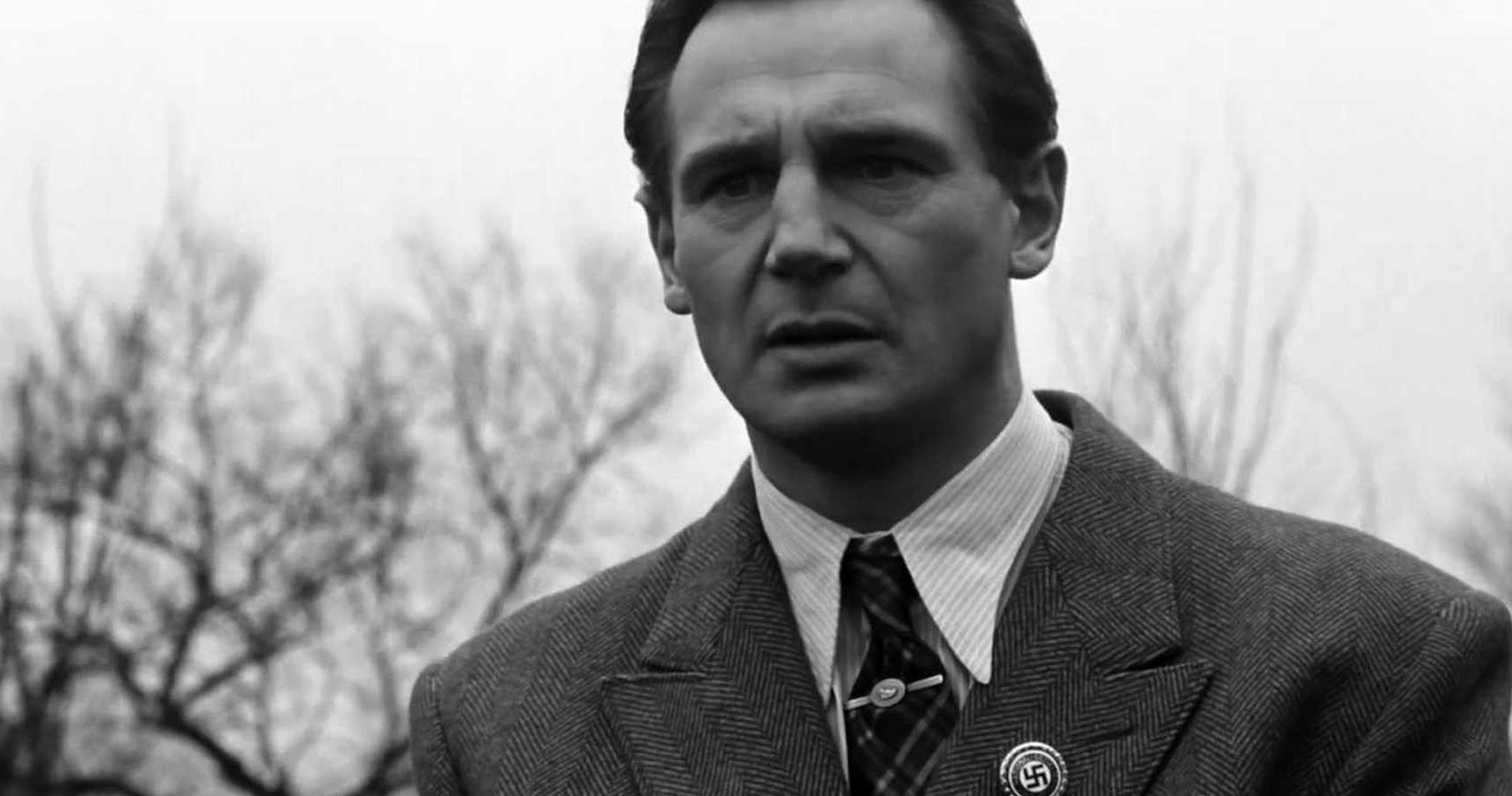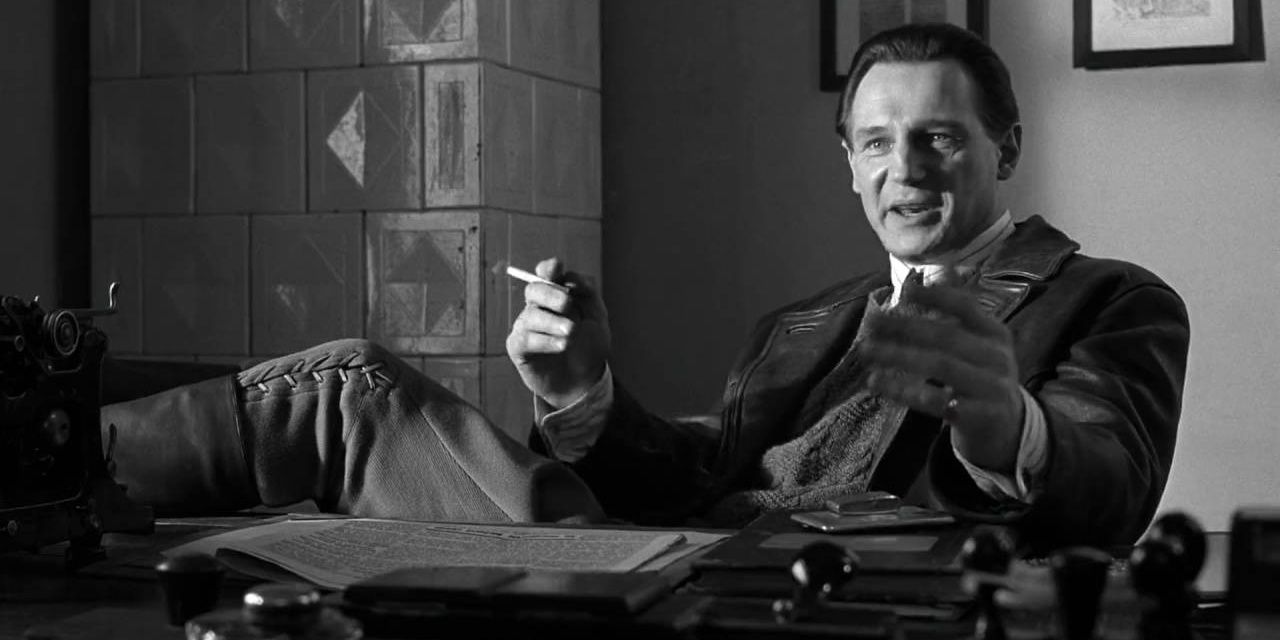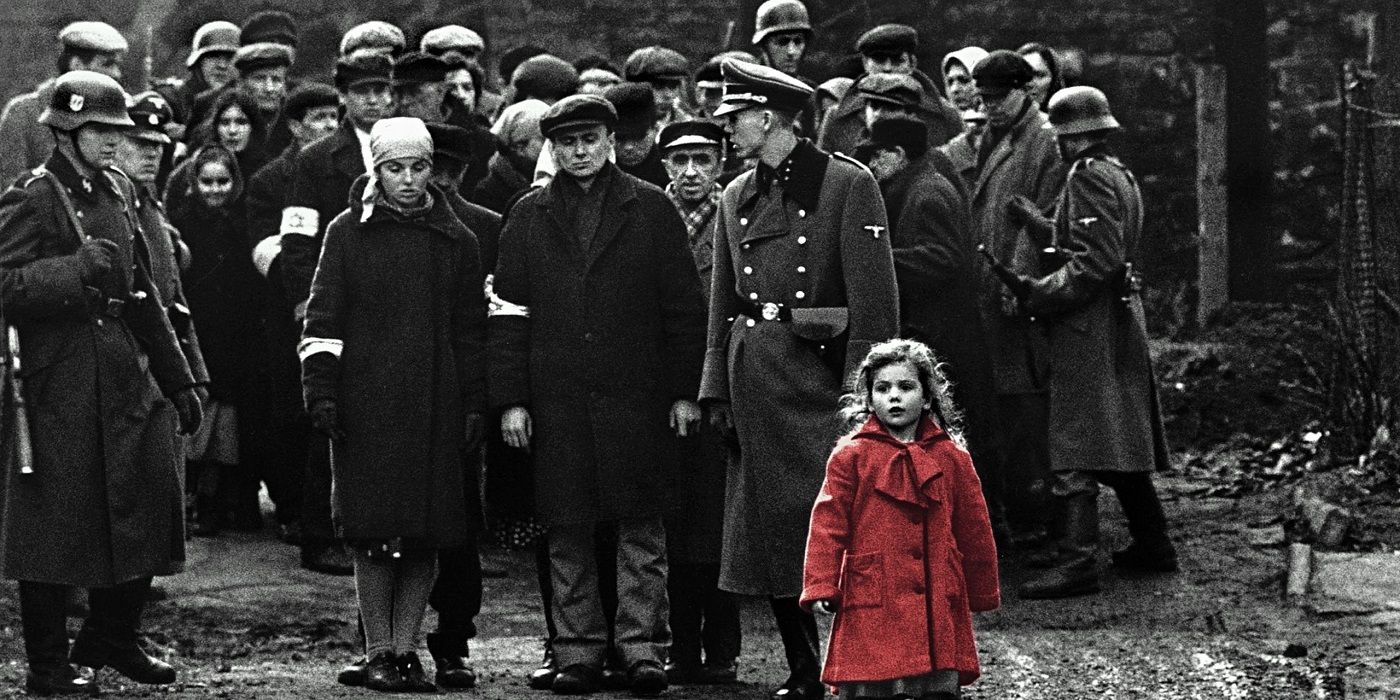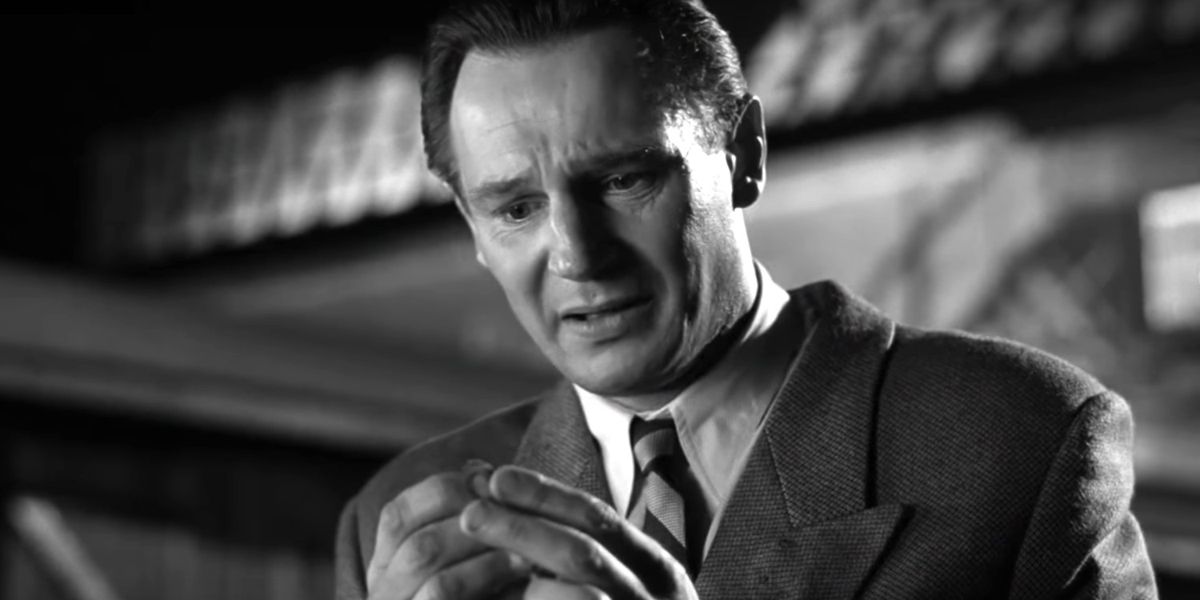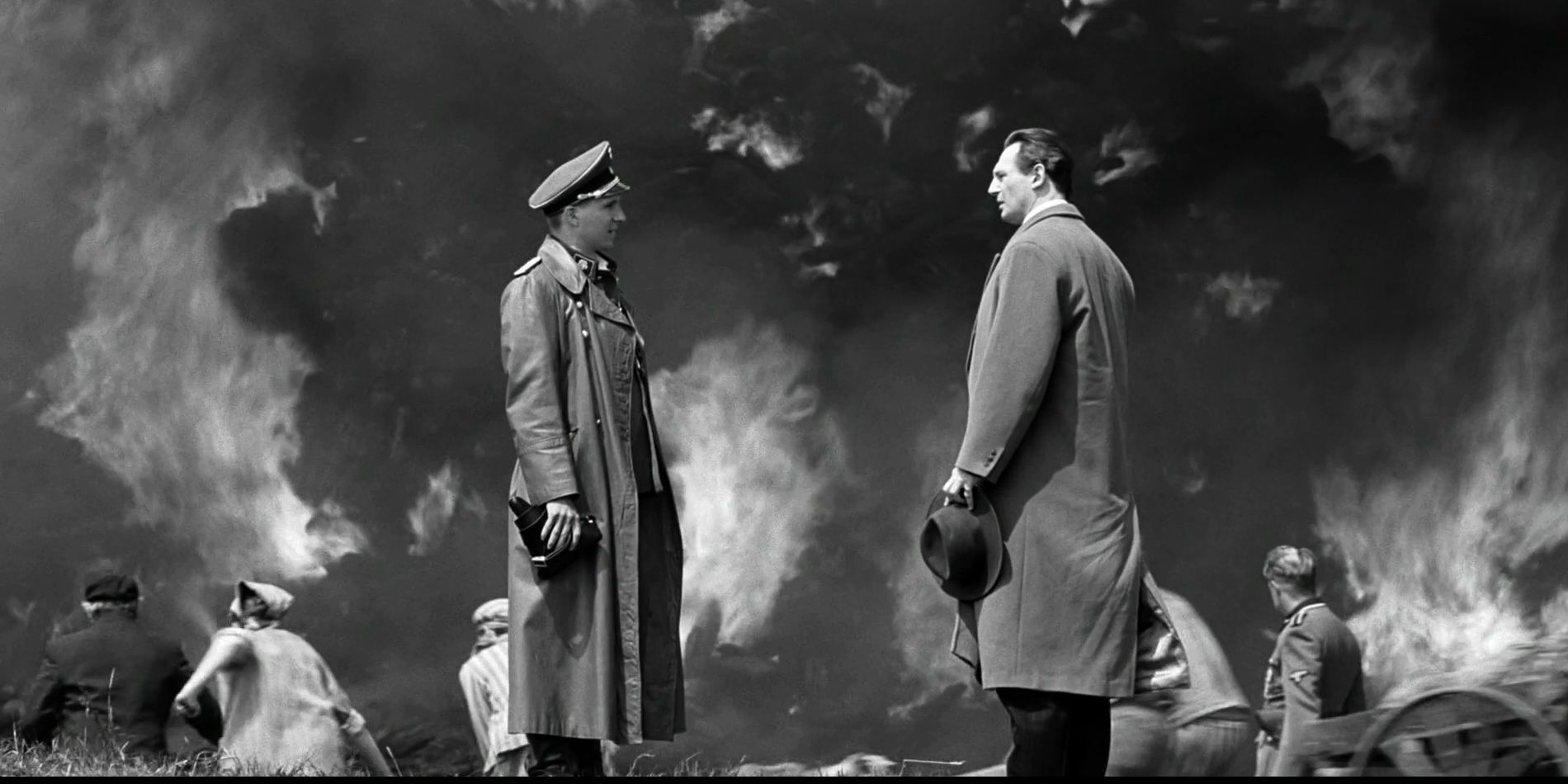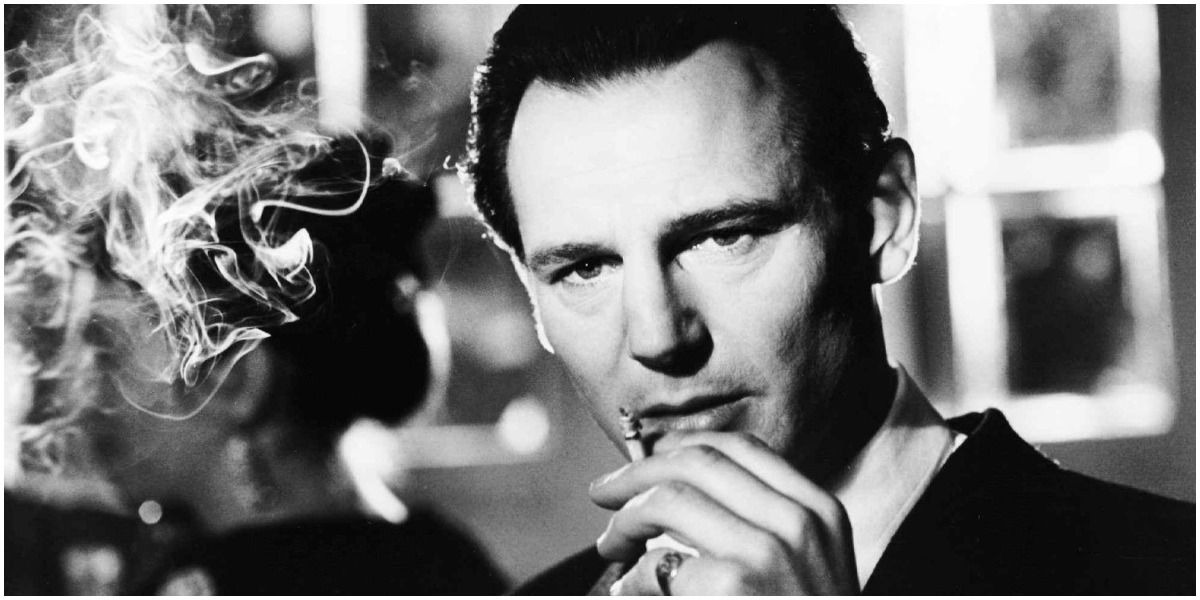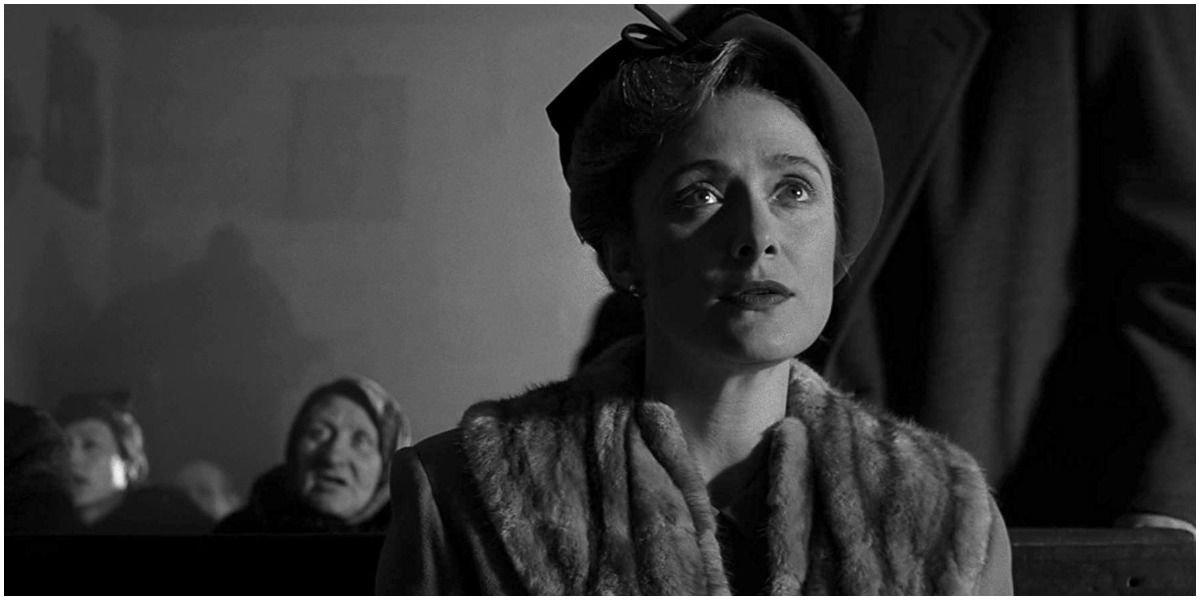Stephen Spielberg’s 1993 drama Schindler’s List has become a poignant piece of commentary on the horrors of the Holocaust. Liam Neeson played the titular role of Oskar Schindler with incredible dexterity, while the black and white coloring chosen by the masterful director added a sense of age and bleakness to the situation.
However, many have forgotten two key things. It was based on a piece of fiction by Thomas Keneally, and is littered with historical inaccuracies that many have overlooked, assuming the film is a non-fictional biography.
Book/Film: The Back Story
Perhaps the most obvious difference between Keneally’s novel and the Spielberg film is its opening. The book plants us straight in the middle of the Nazi campaign, with Oskar fully engrossed in his surroundings. We don’t really know anything about him.
The books, on the other hand, delve all the way into his life. We learn about his upbringing and his character long before we learn about the Nazis, so when we end up in the harrowing setting the novel focuses on, we have an idea of how Schindler might handle it. We don’t get this luxury in the film.
Real Life: The List Wasn’t Really Schindler’s
Strangely, despite the film being called Schindler’s List (or the book, Schindler’s Ark), the actual idea of the list isn’t particularly accurate. It has been claimed that the list itself wasn’t so much a list of Jews he wanted to save, and more of a prop to aid his own heroic persona. At the time of the list being created, Schindler was actually in prison, and the manger he gave it to was no longer working with him. The existence of the list is, by historians, mostly credited to a man named Marcel Goldman.
Book/Film: Exposition vs Visuals
Another huge difference between the two versions of the story is how it progresses. As Keneally himself was brought in to guide the storyline, it remains rather close to its original state. However, the difference in medium creates a big divide. Obviously, the film doesn’t need to spend page after page describing surroundings; all the audience needs to do is open their eyes. The book needs to explain to the audience exactly where they are and what it looks like, making certain scenes last far longer or expand much slower than they would on screen.
Real Life: Schindler Was Anonymous For A Long Time
In real life, it took until 1993 for Oskar Schindler to be named for his actions. This was, during his lifetime, partly to keep as much of a level of anonymity as he could manage, due to his angering of those who disagreed with him, and partly due to rumors of mistreatment towards the Jews in his employ.
However, the book and film suggest that he was given the Righteous Among The Nationals award in 1973 in honor of his service. This was during his lifetime and very much public, but never actually happened.
Book/Film: The Girl In The Red Coat
This links rather closely to the idea of exposition and visuals. In Keneally’s book, The Girl In The Red Coat might well have been wearing a red coat, but we can’t see it. We have no access to anything but our imagination, and it is pretty unlikely that our imagination was putting this red-coated girl into a black and white surrounding. In the film, we had access to Spielberg’s genius mind, and he was able to create visual imagery that focused in on the tragic story of one individual amongst a sea of victims the Nazis had otherwise dehumanized.
Real Life: Schindler Wasn’t Exactly A Saint
The first thing to mention here is that Oskar Schindler was a good person. He saved thousands of lives at the expense of being called a traitor to his race for many years after the war and risking his own life at the hands of the Nazis for his actions.
However, remember that he was previously shown to be a rather uncompassionate and selfish man, who had previously worked for German counterintelligence. It also took him a long time to actually realize the magnitude of the slaughter going on around him.
Book/Film: The Hollywood Drama
A third and final point on the actual challenges in transferring a tale from the page to the screen is that people going to a cinema, in almost all situations, need to see wonderful and amazing things. A wartime setting lends itself to guns and violence and explosions, meaning the audience expects to see at least some of this, and they do in the film version of Schindler’s List. The book, of course, doesn’t quite have access to the same technology and resources to create such dramatic Hollywood action.
Real Life: The Smoke In Auschwitz
In comparison to the grand and dramatic errors found elsewhere in the film, this one seems rather minor. However, when working on a Spielberg film which is supposed to be built on historical accuracy, you’d assume a little research wouldn’t go amiss. The crematoriums in Auschwitz are known to have been specially designed not to release smoke from those being killed inside, but the film very clearly shows smoke coming from the chimney.
Book/Film: The Epilogue
The ending of the two versions differ with almost as much dramatism as the opening. In the film, the epilogue takes us to the present, where actors from the film are visiting the grave of the real Oskar Schindler to place stones on it. We even see Liam Neeson lay two roses down.
Of course, this isn’t really a situation the book could ever portray. The real-life future element (not to mention the presence of Liam Neeson) wasn’t really something that could ever be included.
Real Life: The Role Of Emilie Schindler
Oskar Schindler’s wife is very much left in the background of the film. She is portrayed as rather irrelevant, leaving almost her entire role as nothing more than someone for Oskar to cheat on. The reality of the situation is that she may well have been more caring than her husband. She is known to have visited their factories in order to make sure the Jews within had enough food and were remaining in good health. It seems weird to overlook this important detail.

